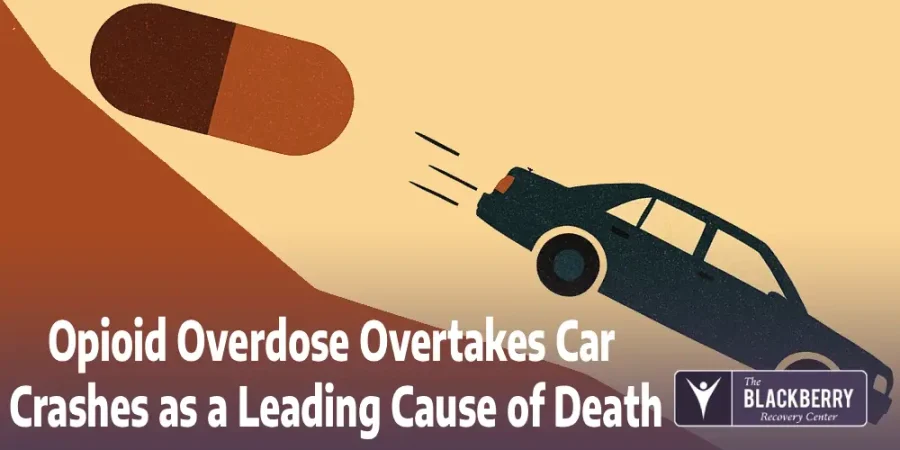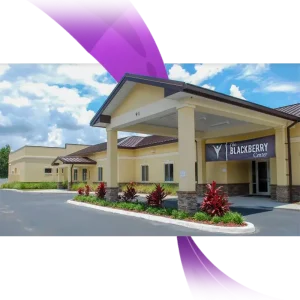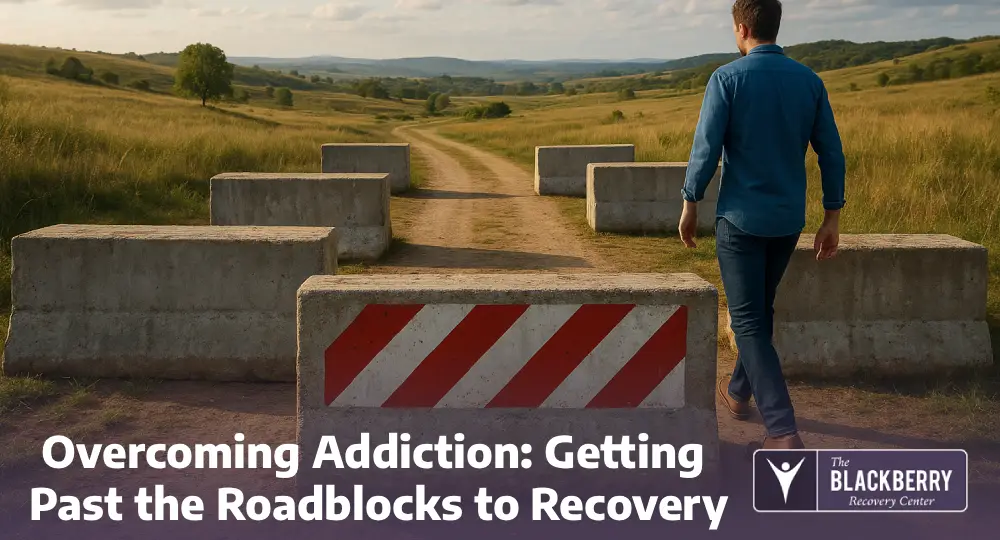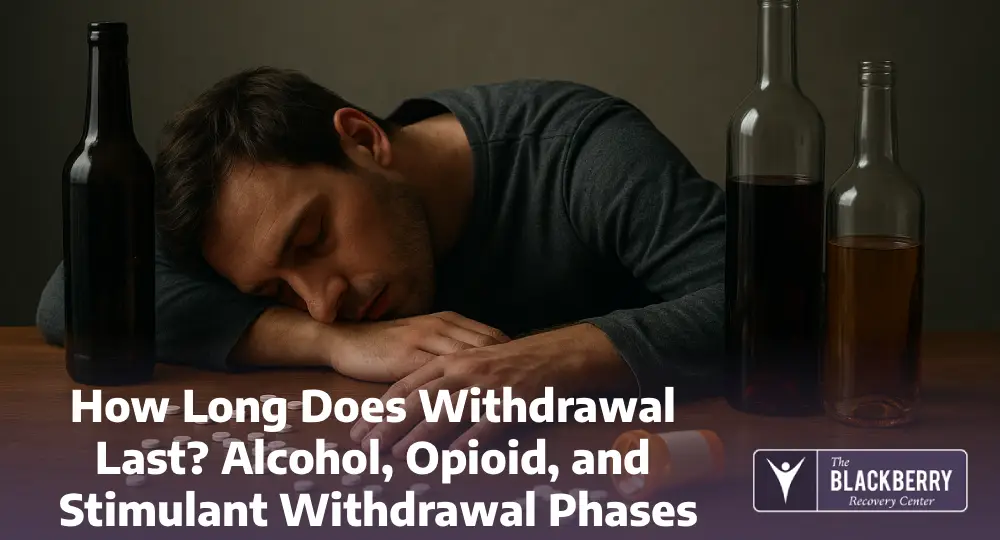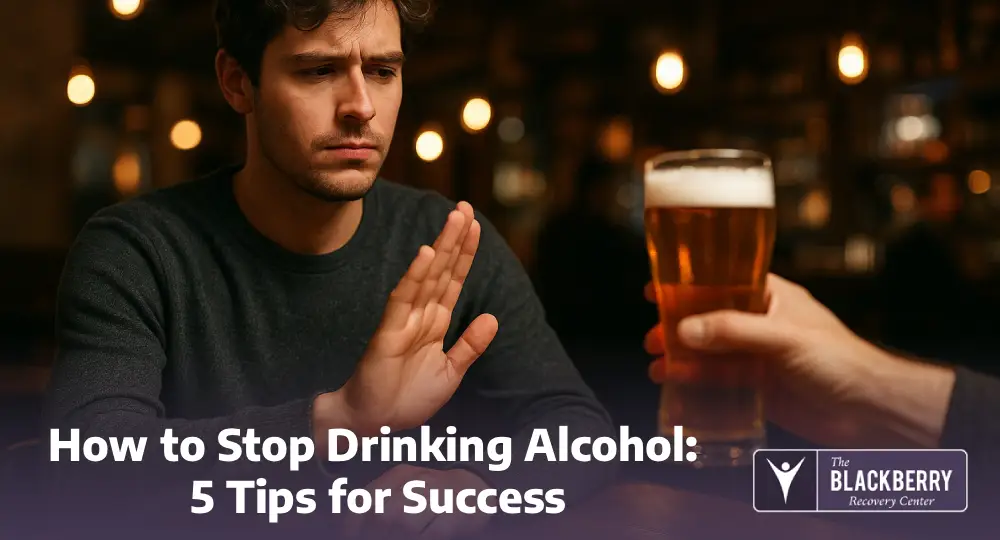The National Safety Council has just released its findings for the leading causes of death in the United States. And for the first time in history, opioid overdose has overtaken the odds of dying in a motor vehicle crash. The new report states there is a 1 in 96 chance of an American suffering an opioid overdose. This is compared to a 1 in 103 chance of dying in a motor vehicle.
Over the last few decades, there have been enormous strides in overall longevity with life expectancy rates. The percentage of Americans over age 65 has increased for 8% of the total population to 12% and is expected to go up to 20% by 2050. However, despite these significant advances in healthcare and other factors promoting longevity, the lifetime odds of dying from preventable injuries typically called accidents is increasing.
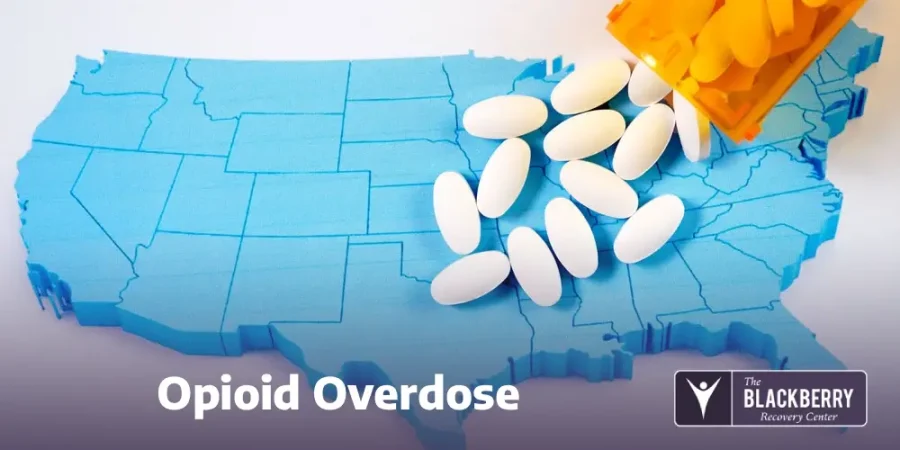
Opioid Overdose
Putting the crisis in perspective
The most concerning of these is the increase in accidental opioid overdose. These recent figures are reflective of the worsening epidemic in this country. Many of us also pay more attention to eye-catching headlines. Plane crashes or deaths attributed to consumer products are likely to catch out attention over incidents or opioid overdose.
The National Safety Council also notes that preventable injuries are the third leading cause of death— nearly 170,000 lives in 2017 trailing only cancer and heart disease. Between 2004 and 2017, the odds of dying from a preventable accident rose from 1 in 30 to 1 in 25. There are a handful of additional factors to consider, but a significant change has been the increase in opioid overdose.
What does this mean?
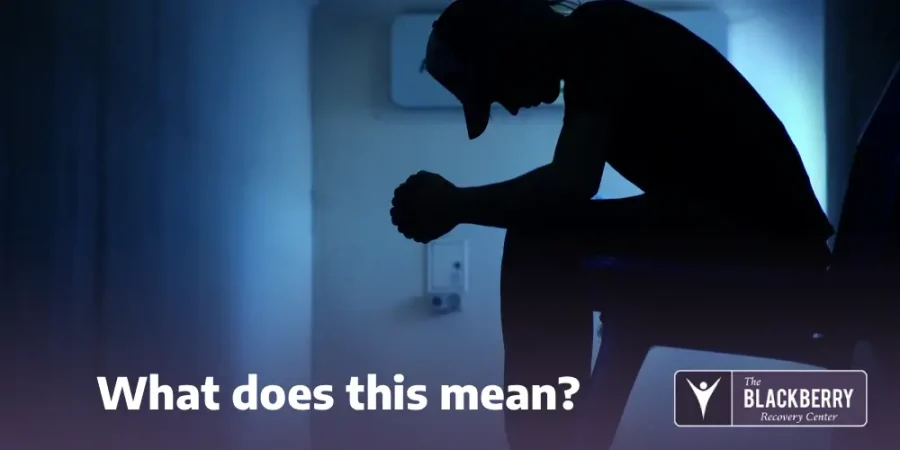
What does this mean?
For anyone doubting how serious the opioid crisis in the United States is, these figures truly show the extent of potential problems. Opioids break down into a large range of different drugs including morphine, heroin, oxycodone and many others.
However, this spike in deaths can be attributed to fentanyl (and synthetic counterparts). Fentanyl is a powerful and addictive opioid that is widely available across the country. Because of its strength, accidental opioid overdose is even more likely compared to others drugs in the opioid family. This drug alone contributes to roughly 30,000 overdose deaths each year.
The remainder of the 43,000 annual deaths are attributed to other drugs in the opioid category. The statistics only refer to drug related deaths. They do not measure the socioeconomic and other stresses addiction puts on the individuals and those around them.
Growing awareness for reform
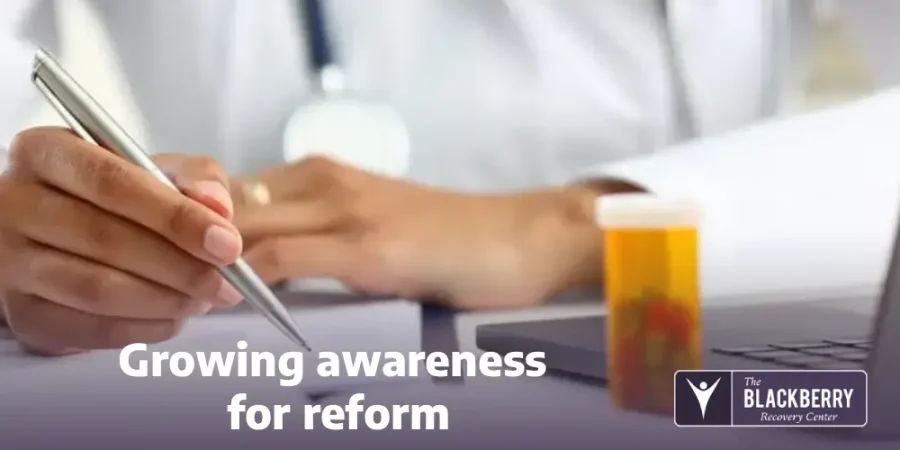
Growing awareness for reform
Drug overdose deaths and the opioid epidemic has grown dramatically over the last 10 years. These new statistics more than confirm it.
Opioids are a slippery slope. The spike in death rates can be attributed to the easy availability of prescription opioids between 2006-2016. That 10 year span saw an average of over 220 million prescriptions written each year. Even with growing awareness of the opioid crisis, there will still over 190 million prescription in 2017.
While there are patients who need to be treated with opioids for conditions such as chronic pain, the Centers for Disease Control suggest that the prescribing rates are alarmingly high. It is not just an overdose epidemic. Considering the number of deaths involving opioids, it is a public health crisis.
A variety of factors lead to overdose deaths. Many may be attributed to loose prescription availability while others are attributed to the illicit drug trade. Those who are struggling with opioids may turn to heroin once they can no longer access prescriptions. Whatever the case, these statistics showing a growing need for reform and rehabilitation in America.
What can you do about the opioid crisis?
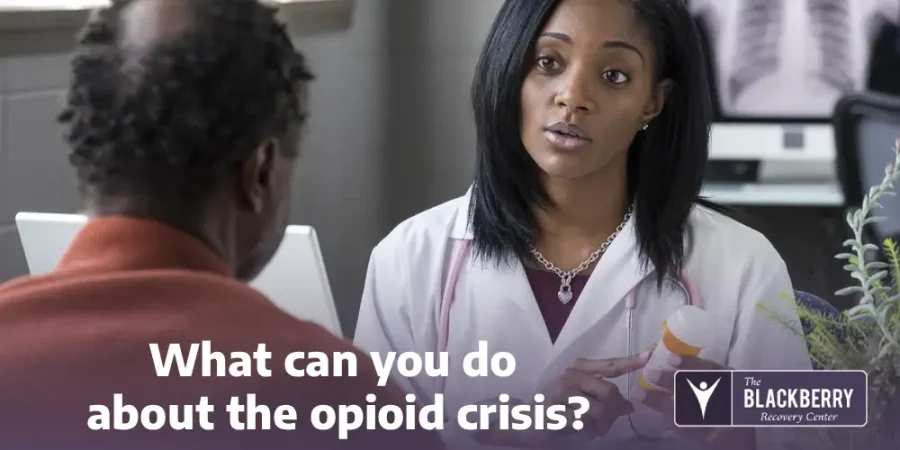
What can you do about the opioid crisis?
If you or a loved one are abusing opioids or experiencing opioid withdrawal, please reach out for help right away. There are many different treatment options available. Your mental health, your physical health and your quality of life are at stake.
If your doctor has prescribed you opioid pain relievers for an injury or illness, talk to her about possible less dangerous substitutes. There are many different medications available to manage your pain. Consult with your her to find an alternative you feel safe taking and that can prevent your chances of overdose, addiction and the many problems associated with opioid use.
FAQ
- Why is prescription opioid use considered a risk factor for heroin use?
Prescription opioids and heroin are chemically similar, both acting on the brain’s opioid receptors. People who misuse prescription opioids may develop tolerance and physical dependence, making them more likely to seek out stronger or more accessible opioids like heroin when prescriptions run out. - Does everyone who uses prescription opioids become addicted or turn to heroin?
No. Most people who take prescription opioids as directed by a healthcare provider do not become addicted or transition to heroin. However, misuse—such as taking higher doses, using without a prescription, or taking them to get high—increases the risk significantly. - What factors increase the risk of transitioning from prescription opioids to heroin?
Risk factors include a history of substance misuse, mental health issues, young age at first use, high-dose or long-term opioid prescriptions, and lack of access to treatment for addiction. - How can this risk be reduced or prevented?
Safe prescribing practices, public education on the risks, regular patient monitoring, proper medication disposal, and increasing access to addiction treatment and mental health services can all reduce the risk of transition to heroin use. - What should someone do if they or a loved one is misusing prescription opioids?
It’s important to seek professional help as early as possible. Contact a doctor, addiction specialist, or local treatment center. There are also national helplines available that offer confidential support and resources.

